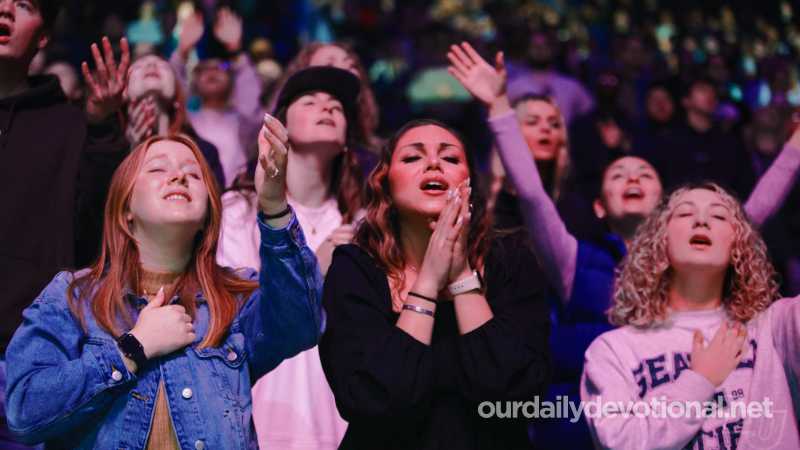There are several terms used in the OT and the NT to designate garments without defining which garments are designated. In the East little clothing was needed, and it does not seem to have changed much since then.
(a) The undergarment is the “kethoneth,” a long tunic worn by men and women. It was made with wool, cotton or linen. This name is given to the tunics that God made for Adam and Eve from animal skins (Gen. 3:21), and the tunic of many colors that Jacob made for Joseph (Gen. 37:3, 23-33).
It was also part of the priest's vestments. Sometimes another garment was worn on top of this one. The wife says that she had stripped off her "clothes" for the night, probably referring to the outer garment, although in Heb.
the same word is used for both (Song 5:3). The heb. "kethoneth" corresponds to the Gk. "chitõn" in the NT, which is primarily translated as "robe." The disciples were not to wear two when the Lord sent them (Mt. 10:10).
It was this garment of the Lord that was woven in one piece (John 19:23); this same term is used of the garments made by Dorcas (Acts 9:39).
(b) The other main garment was called "simlah", a wide outer cloak, worn by men and women, and with which they covered themselves at night. It could be made of any material, depending on the season of the year and the social position of the individual.
The popular classes of the Middle East at the beginning of the century frequently wore an outer cloak of camel or goat hair.
If this cloak was taken as a pledge for a loan, it had to be returned at nightfall, because if not: "What will he sleep in?" (Ex. 22:26, 27; cf. Deut. 24:13).
The "simlah" was the garment that was torn as a sign of mourning (Gen. 37:34; 44:13; Josh. 7:6). It corresponds in the NT with the term Gr. "himation." It is translated "cloak" in Mt. 5:40; Lc. 6:29, and is used from the scarlet cloak with which the soldiers mocked the Lord (John 19:2, 5).
In the "mantle" whose edge the sick woman touched (Mt. 14:36), and the "mantles" whose fringes the Pharisees and scribes spread (Mt. 23:5).
It is also used for clothing in general, as in Mt. 27:35; Jn. 19:23, 24; It is frequently translated as "dresses", "clothes" and "garments". (c) Another important article of clothing that was often richly decorated was the belt.
These three articles, together with sandals (see BELT, SANDALS) and a scarf or other head covering, constituted the customary clothing in the East.
In addition to the above garments, “gala garments” are mentioned for women (Is. 3:22).
Also: (d) The mantle of the ephod, Heb. "meil", described as "a large tunic worn over the common tunic, but without sleeves." It was worn by priests (Ex. 28:31; 1 Sam. 28:14; Ezra 9:3, 5), kings and princes (1 Sam. 18:4; 24:4, 11), persons of high rank ( Jb. 1:20; 2:12) and women (2 Sam. 13:18).
(e) The mantle or veil, a wide garment for the upper part of the body, a kind of shawl, which covered the head and part of the body. Ruth was able to carry six measures of barley in one of them (Rt. 3:15; Is. 3:22).
There are other Heb terms. that denote the same garment. (f) Belt, Heb. "pethigil", a wide sash decorated with embroidery, for festive occasions; this term only appears in Is. 3:24.
Meaning of DRESSES
There are several terms used in the OT and the NT to designate garments without defining which garments are designated. In the East little clothing was needed, and it does not seem to have changed much since then.







